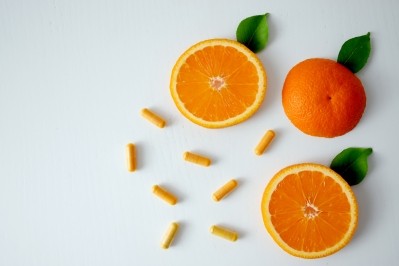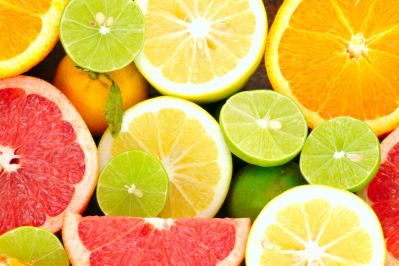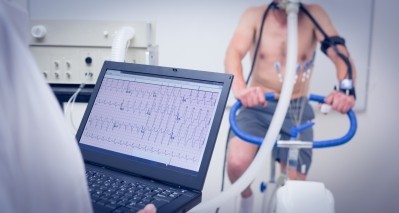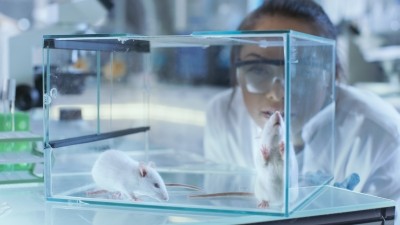Study explains how citrus flavonoid improves recovery for cyclists
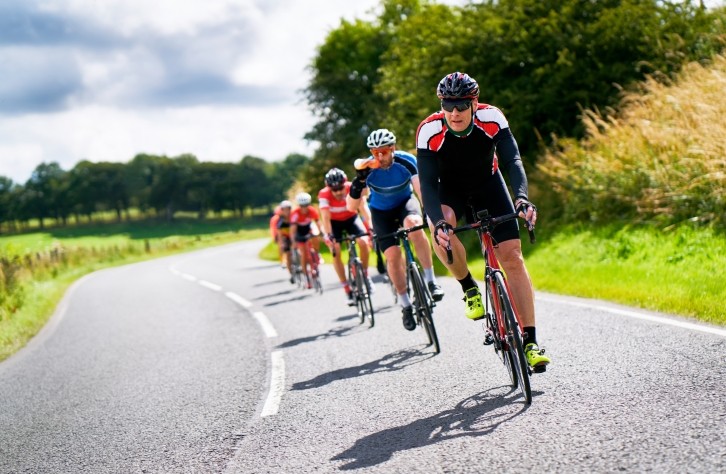
Hesperidin, a flavonoid found in citrus fruits, offers antioxidant and anti‐inflammatory properties and has been found to modulate leukocyte gene expression, therefore showing a nutri‐genomic effect.
The antioxidant effect of hesperidin is mainly related to its radical scavenging capabilities, as well as the increase in antioxidant cellular defense catalase (CAT), superoxide dis‐ mutase (SOD), reduced glutathione (GSH) and oxidized glutathione (GSSG) via the nuclear respiratory factor 2 (NRF2) signaling pathway. Its anti‐inflammatory effect is produced by a decrease in inflammatory markers, such as nuclear factor kappa B (NF‐κB), interleukin 6 (IL6), tumor necrosis α (TNFα) and inducible nitric oxide synthase (iNOS).
Studies have shown that acute and chronic intake of 2S‐hesperidin in amateur cyclists improve anaerobic and aerobic performance, respectively. The current research aimed to explain the metabolic, biochemical and molecular mechanisms by which this happens.
The randomised, double‐blind, parallel clinical trial involving forty healthy male, amateur cyclists (training 6–12 hours a week) evaluated the effect of eight weeks of 2S‐hesperidin supplementation (500 mg/day) on the antioxidant‐oxidant (CAT, SOD, GSH, GSSG, HO1 and TBARS) and anti‐inflammatory (IL6, TNFα, MCP1 and CRP) state before and at the end of a rectangular test (Incremental step with final ramp test), and after a resting phase.
The researchers found that, in the rectangular test, oxidative status improved after the 2S‐hesperidin intervention, but not with the placebo. In addition, significant improvements in antioxidant capacity after maximal exercise and inflammatory status after the acute recovery phase were found in the 2S‐hesperidin group compared to the placebo.
The results also revealed that, unlike other polyphenols, 2S‐hesperidin supplementation does not appear to interrupt adaptations produced by training in amateur cyclists, enhancing their performance.
The researchers believe this to be the first study that examine the effect of chronic 2S‐hesperidin intake on the antioxidant and inflammatory status of athletes at baseline, during and after exercise.
Method
Participants were randomised into two groups - 2S‐heperidin (n = 20) and placebo (n = 20) - and participants consumed two 250 mg capsules of either Placebo (microcellulose, 500 mg) or 2S‐hesperidin (500 mg Cardiose, 85% 2S‐ hesperidin, by HealthTech BioActives) at breakfast for eight weeks.
Participants visited the laboratory on five occasions. Visit one consisted of a medical examination and blood extraction to determine health status. On visits two and four, a 24‐h diet recall was conducted, followed by an incremental test until exhaustion on a cycle ergometer to estimate the rectangular test zones. On visits three and five, the 24‐h diet recall was repeated, and participants performed a rectangular test on the cycle ergometer.
Before each testing session, a standardised breakfast composed of 95.2 g of carbohydrates (68%), 18.9 g of protein (14%) and 11.3 g of lipids (18%) was prescribed by a sports nutritionist. Intake of both treatments began at the first visit and finished at the final visit. Subjects in both groups were instructed not to consume foods with a high content of citrus flavonoids for five days prior to and during the study.
The rectangular test was performed on a cycle ergometer using power output values achieved during maximal test at different intensity zones.
Researchers took blood and urine samples to measure overall health, as well as anti‐ oxidant and anti‐inflammatory parameters and levels of hesperidin metabolites.
The following antioxidant and inflammatory state markers were used: TBARS (Lipoperoxidation Biomarker), Catalase (CAT), Superoxide Dismutase (SOD), Glutathione Reduced (GSH) and Oxidized (GSSG), Hemoxygenase 1 (HO1), Measurement of Cytokines IL6, TNFα and MCP1, and C reactive Protein (CRP).
The study has some limitations, such as the short recovery time after the rectangular test (20 min after exercise), in which changes in anti‐ oxidant and inflammatory markers were evaluated. Measurements 24 and 48 h after exercise would have provided valuable additional information. Additionally, a larger sample would have given more statistical power to the results. The authors report that given the few studies carried out in this field, future research could shed light on the effectiveness of 2S‐hesperidin as an ergogenic aid with antioxidant and inflammatory effects.
Hesperidin and physical performance
A recent study reported that acute intake of 500 mg of 2S‐hesperidin significantly improved anaerobic performance.
A study performed in rats observed that 2S‐ hesperidin (200 mg/kg, three days per week for five weeks) showed a protective effect on the oxidative stress induced by an exhausting exercise. In the same way, another study in aged mice found 6 weeks of hesperetin (main metabolite of hesperidin) supplementation (50 mg∙kg−1∙d−1) significantly increased the GSH/GSSG ratio and improved running performance (exercise time).
In addition, a recent study found that eight weeks’ intake of 2S‐hesperidin improved performance at the threshold of estimated functional power and maximum power in an incremental test until exhaustion compared to a placebo in amateur cyclists.
It is known that almost 0.15% of the oxygen consumed is converted into ROS, which can be detrimental to muscle and mitochondrial function. In sports physiology, it is hypothesised that rapid increases in ROS during intensive exercise may be a contributor to fatigue.
A new theory proposes that antioxidant supplementation (vitamins A, C, E, thiols, ubiquinones and flavonoids) may delay fatigue. However, this mitigation of ROS generation may disrupt cellular signalling involved in training adaptations. ROS are intracellular messengers and activators of transcription factors that promote the expression of genes related to training adaptations and performance improvement.
Source: Antioxidants
Martínez-Noguera, F.J.; Marín-Pagán, C.; Carlos-Vivas, J.; Alcaraz, P.E.
"8-Week Supplementation of 2S-Hesperidin Modulates Antioxidant and Inflammatory Status after Exercise until Exhaustion in Amateur Cyclists"
